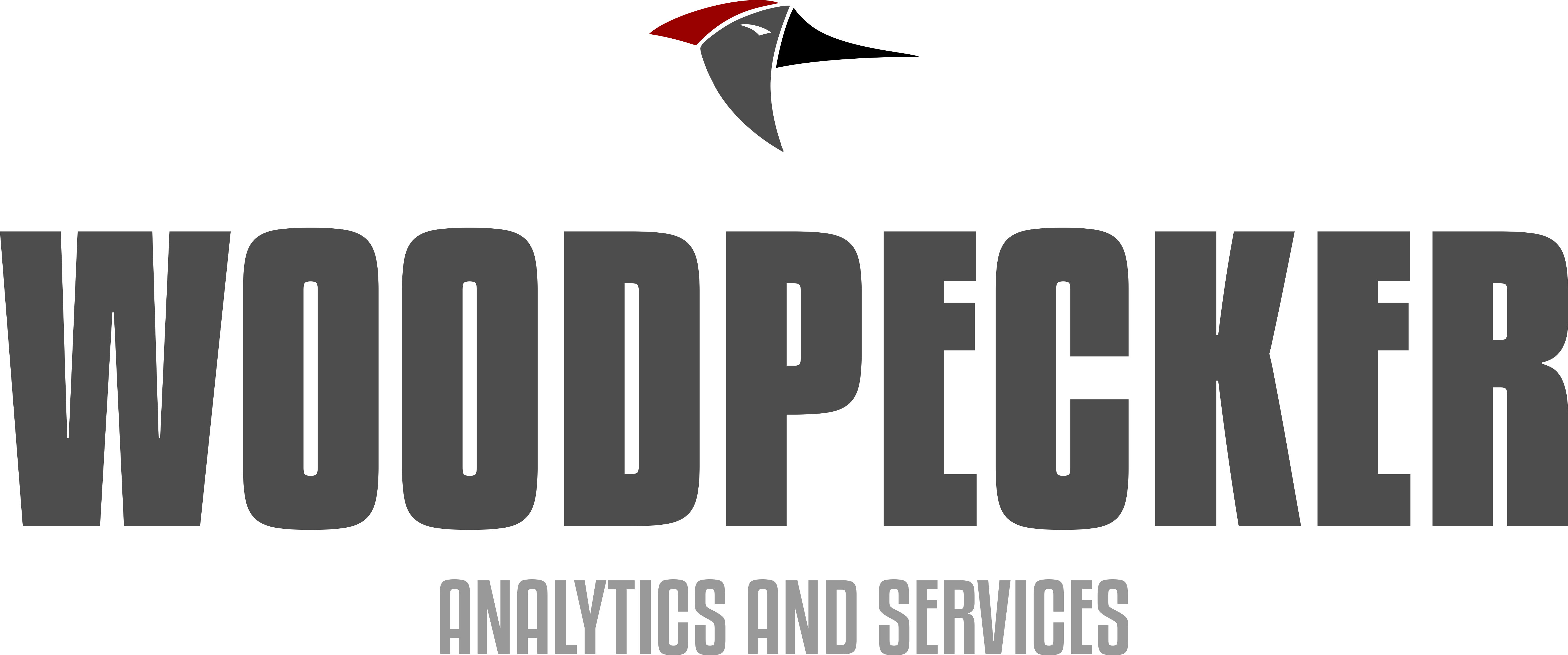Ensuring Secure & Scalable Cloud Deployments with AWS, Azure & OpenShift
Modern IT operations rely heavily on cloud platforms like AWS, Microsoft Azure, and OpenShift for scalable and secure deployments. This blog explores the unique capabilities of these platforms, compares their features, and provides best practices for maximizing their potential.
Key Features of AWS, Azure, and OpenShift
Amazon Web Services (AWS)
AWS offers a highly flexible and secure cloud environment tailored for scalability. Its shared responsibility model empowers businesses to manage application-level security while AWS handles the infrastructure. Key features include robust compliance options, automated security controls, and seamless scaling across global data centers, making it ideal for diverse workloads
Microsoft Azure
Azure excels in hybrid cloud deployments and enterprise-grade security. With integrated services like Azure Security Center and Azure Monitor, it simplifies monitoring, scaling, and securing applications. Its hybrid capabilities and tools like Azure Arc are particularly beneficial for businesses seeking a unified multi-cloud experience
Red Hat OpenShift
OpenShift focuses on simplifying the development and management of cloud-native applications. It provides a fully managed Kubernetes environment with built-in DevOps tools for CI/CD and resource optimization. OpenShift’s integration with AWS and Azure enhances its flexibility, making it suitable for hybrid and multi-cloud strategies
1. Scalability and Performance
- AWS: Known for its auto-scaling capabilities, AWS enables dynamic resource allocation based on demand. Services like EC2, Lambda, and ECS allow seamless scaling, while Amazon RDS and DynamoDB cater to structured and unstructured data with high availability and throughput.
- Azure: Azure’s Virtual Machine Scale Sets and Azure Kubernetes Service (AKS) provide similar scalability. It integrates deeply with Microsoft ecosystems, making it ideal for organizations already using Windows Server or .NET applications.
- OpenShift: OpenShift, based on Kubernetes, excels in managing containerized workloads. Its ability to dynamically scale pods in response to demand makes it a strong contender for microservices-based architectures, where granular control is crucial.
2. Security and Compliance
- AWS: Offers extensive security features like AWS Identity and Access Management (IAM), encryption with AWS KMS, and compliance with global standards like SOC 2, ISO 27001, and FedRAMP. Services like VPCs and Security Groups ensure network-level isolation and control.
- Azure: Similar to AWS, Azure provides robust security with Azure Active Directory, Security Center, and compliance with industry standards. Its focus on hybrid cloud security with Azure Arc is a notable advantage.
- OpenShift: Security in OpenShift is rooted in its foundation on Red Hat Enterprise Linux. Features like SELinux, role-based access control (RBAC), and multi-tenancy support ensure secure containerized environments.
3. Deployment Flexibility
- AWS: Known for its vast global infrastructure, AWS supports multiple regions and availability zones, ensuring resilience and low latency for applications. Its pay-as-you-go model helps businesses control costs while scaling.
- Azure: Offers hybrid deployment models, allowing seamless integration of on-premises systems with cloud resources. Azure DevOps and Azure Resource Manager streamline infrastructure as code (IaC) and CI/CD processes.
- OpenShift: Excels in hybrid and multi-cloud setups, offering consistency in deployments across public, private, and edge environments. Its support for CI/CD pipelines (e.g., OpenShift Pipelines) simplifies continuous integration and delivery workflows.
4. Cost Considerations
- AWS: Features a granular pricing model where businesses pay for only what they use. Reserved Instances and Savings Plans offer discounts for long-term commitments.
- Azure: Provides flexible pricing with pay-as-you-go, reserved VM instances, and hybrid benefits for Windows Server and SQL Server users.
- OpenShift: Subscription-based pricing ensures predictable costs for businesses. Running OpenShift on AWS or Azure can leverage cloud provider discounts for further savings.
5. Complementary Use Cases
Using these platforms together can unlock additional value:
- Deploy OpenShift on AWS or Azure to combine Kubernetes’ orchestration power with the extensive cloud services these platforms offer.
- Use AWS for dynamic auto-scaling and Azure for hybrid connectivity, alongside OpenShift for consistent containerized application management.
Best Practices for Secure and Scalable Deployments
- Leverage Managed Services: Use managed services like AWS Fargate, Azure App Service, or OpenShift Dedicated to simplify infrastructure management and focus on innovation.
- Implement Auto Scaling: Utilize features like AWS Auto Scaling, Azure Autoscale, and OpenShift’s Horizontal Pod Autoscaler to handle dynamic workloads effectively.
- Secure by Design: Adopt a defense-in-depth approach, combining encryption, identity management (e.g., AWS IAM, Azure AD), and container runtime security provided by OpenShift.
- Opt for Hybrid Strategies: Utilize Azure Arc or OpenShift for hybrid cloud setups to seamlessly manage workloads across environments.
- Continuous Monitoring: Tools like Azure Monitor, AWS CloudTrail, and OpenShift’s integrated monitoring ensure proactive threat and performance management.
Conclusion
By integrating the strengths of AWS, Azure, and OpenShift businesses can create a secure, scalable, and flexible cloud environment tailored to their unique needs. Whether you’re building microservices, deploying enterprise applications, or managing multi-cloud strategies, these platforms offer a path to modern cloud success. Explore more about these solutions at Woodpecker..


